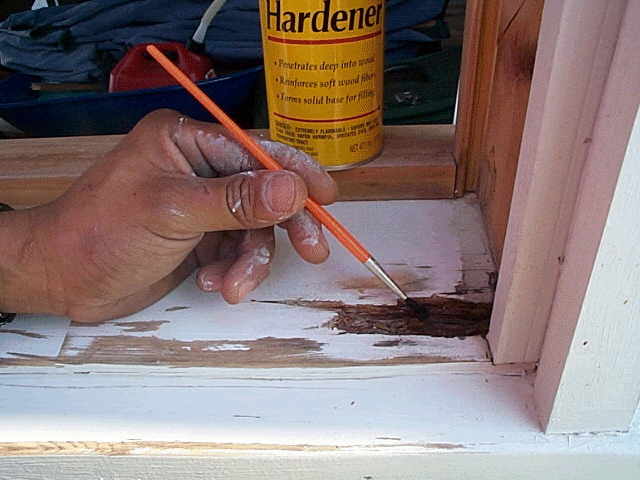A Guide to Dry Rot Wood Repair

Photo credit: Topaz International
Dry rot wood repair is a hassle, but not nearly as big a hassle as letting the wood continue to rot. Fungi can warp or destroy damp wood, and the wood may develop dangerous, unhealthy mold. Here is how to perform dry rot wood repair or replacement, and how to attack the root cause to prevent an endless cycle of dry rot wood repair.
What is Dry Rot?
Before attempting dry rot repair, understand what is causing the dry rot. Despite the name, dry rot occurs only in damp wood. It attracts fungi that eat the moist wood fibers, then thrive and multiply. They leave a cottony substance in the wood and eventually coat the surface with a spongy fungal mass.
Even if you clear away the fungus, you may not be able to perform dry rot wood repair. You will have to replace the wood if is too cracked and hollowed out to be safe, functional or attractive. For safety, load-bearing posts and beams should be carefully and completely removed and replaced. Other wood, such as door frames or trim, can be scraped away just enough to replace the lumber.
When is Dry Rot Wood Repair an Option?
In cases where the wood is less damaged, you can perform dry rot wood repair. It takes some work, but may be easier than replacing decorative or antique wood. To begin dry rot wood repair, make sure the wood is exposed and dry. Carefully remove as much of the soft, rotted wood as possible. Then fill cracks with a wood hardener. Experts recommend using a turkey baster or ketchup bottle, rather than just painting the surface.
The next and most visible step in dry rot wood repair is the wood filler. Your best bet is a high-performance two-part wood filler, which is stronger and more effective than the basic wood fillers that you might use to fill scratches and dents. Before the wood hardener has fully cured, mix together the filler and push it deep into the cracks and gaps. To finish the dry rot wood repair job, you will need to sand, prime and paint the wood.
End the Cycle of Dry Rot Wood Repair
Of course, if you don’t attack the source of the moisture, you will just need to repeat the dry rot repair eventually. Dampness lingering in an attic is a common and dangerous cause of dry rot, especially in humid places like Georgia. To prevent more rot, add roof vents. In a bathroom, it could be a leaking fixture that needs to be repaired or replaced.
The other major cause of dry rot is condensation buildup in the HVAC system. This is particularly dangerous because your ducts could be blowing the moldy air into your house. Dry rot wood repair can be difficult, but it is important for health and safety reasons.
Updated December 11, 2018.
Looking for a Pro? Call us (866) 441-6648

Carpentry Average Costs
Carpenters Experiences

The Stamped Concrete Patio I’ve Been Waiting For

Deck Repair On A Deadline



